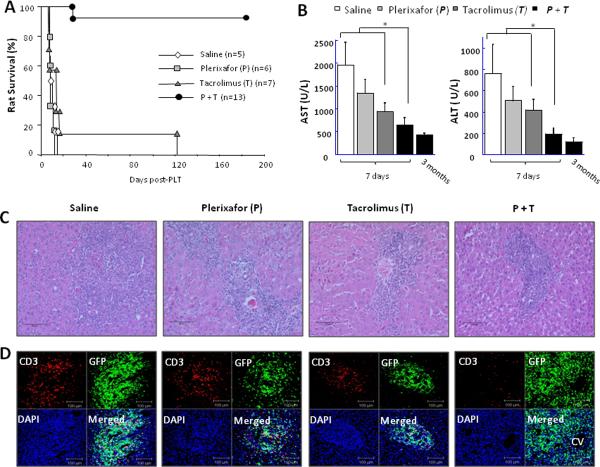Figure 1. Plerixafor treatment with brief low-dose tacrolimus results in long term liver transplant survival.
Transplanted rats were divided into four groups including a control group treated with saline, treatment with low dose tacrolimus (0.1mg/kg/dose) alone, plerixafor (1mg/kg/dose) monotherapy, or a combination of low dose tacrolimus and plerixafor. (A) Animal survival. (B) Blood levels of aspartate aminotransferase (AST) and alanine aminotransferase (ALT). Data represent mean ± SE of n=3 or 4 animals per group. *P<0.05. (C) H&E staining of liver allografts at 7 days after transplantation. Images were photographed with a 40× objective. (D) Double fluorescence staining for CD3 (red) and host-derived GFP-positive cells (green) in the parenchyma of liver allografts at 7 days after transplantation. Cell nuclei were stained blue with DAPI. Representative photographs of n = 3 or 4 individual samples per group.

